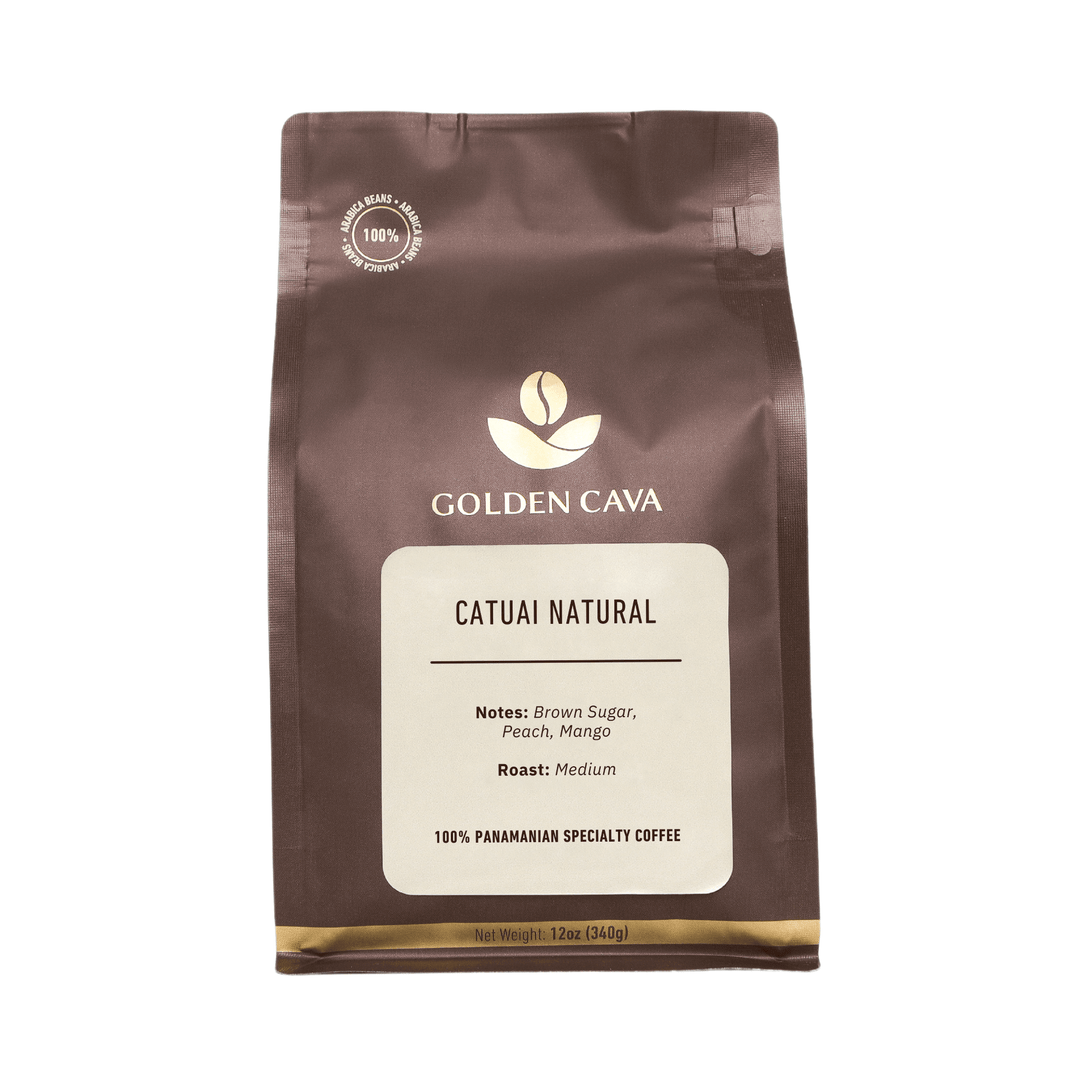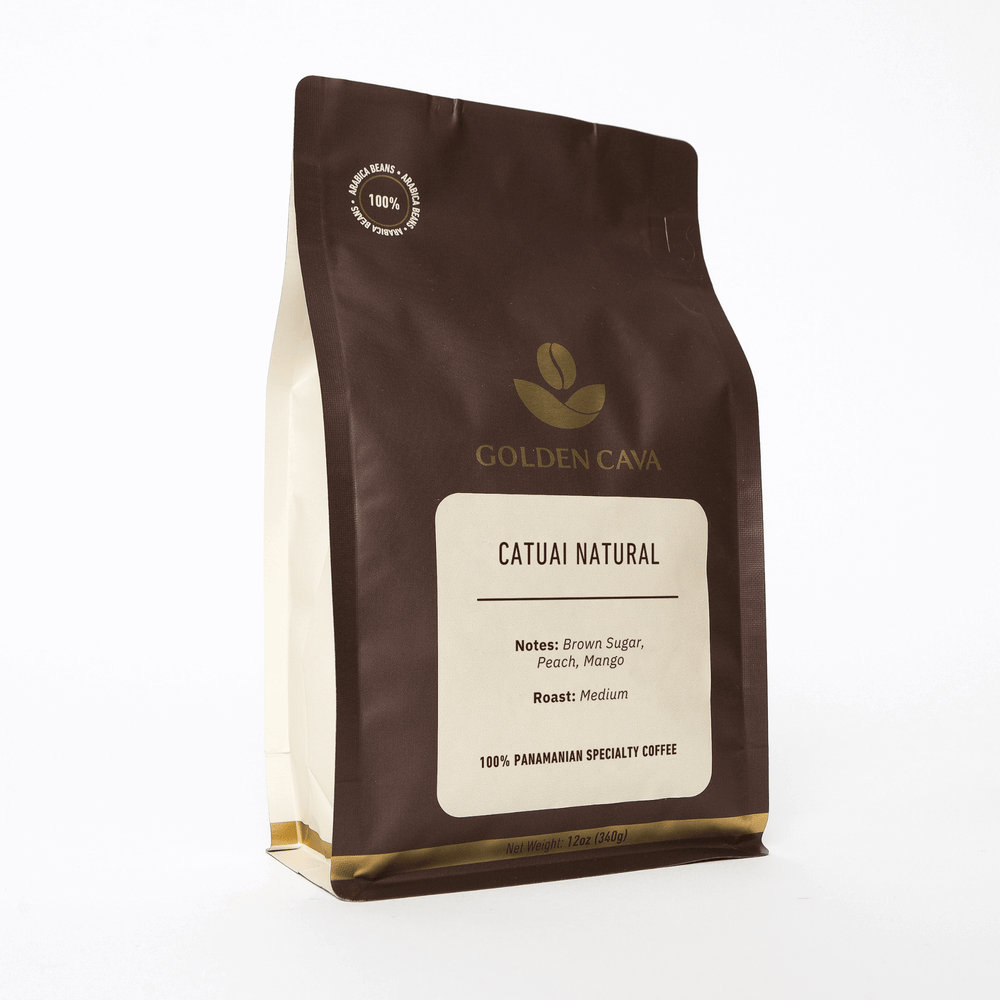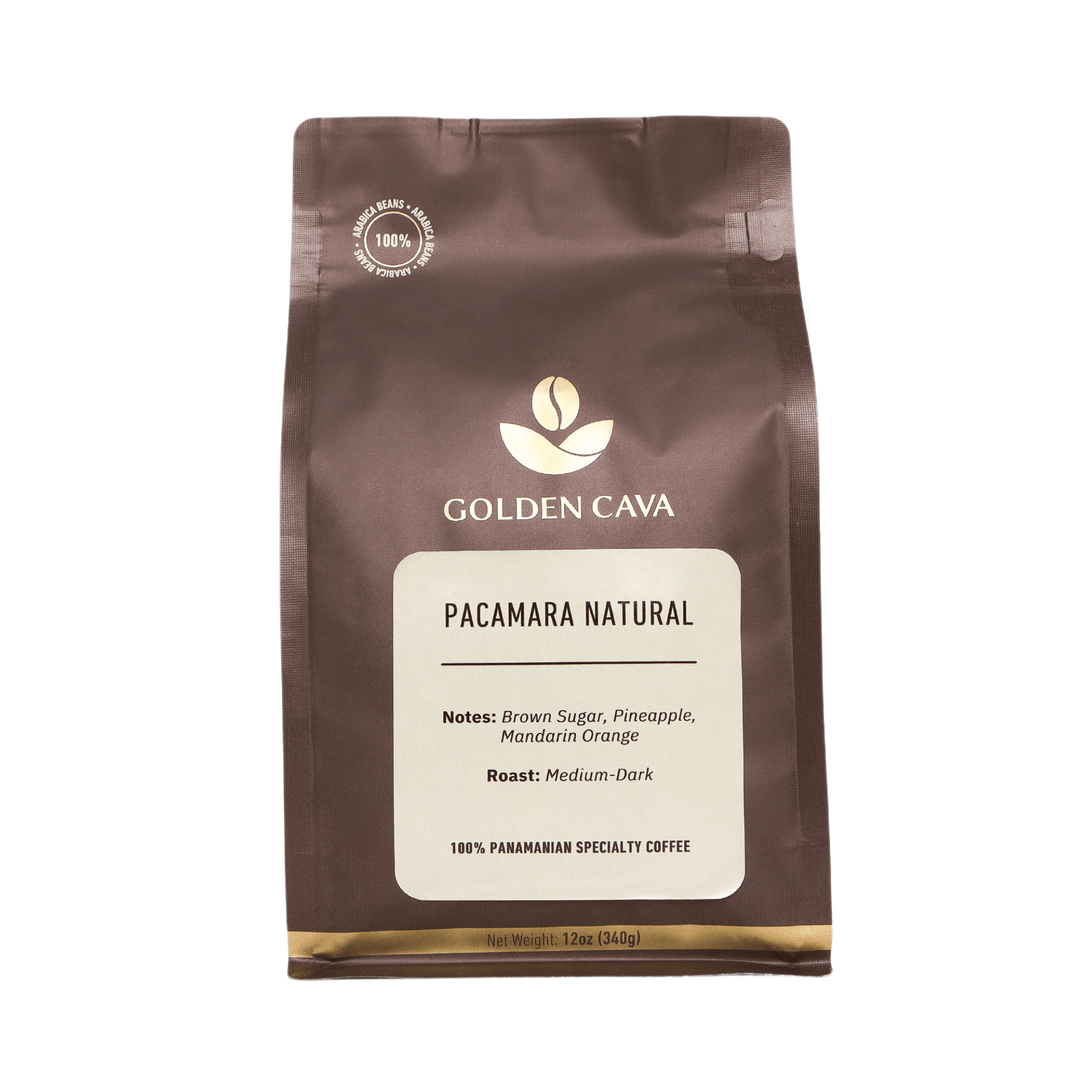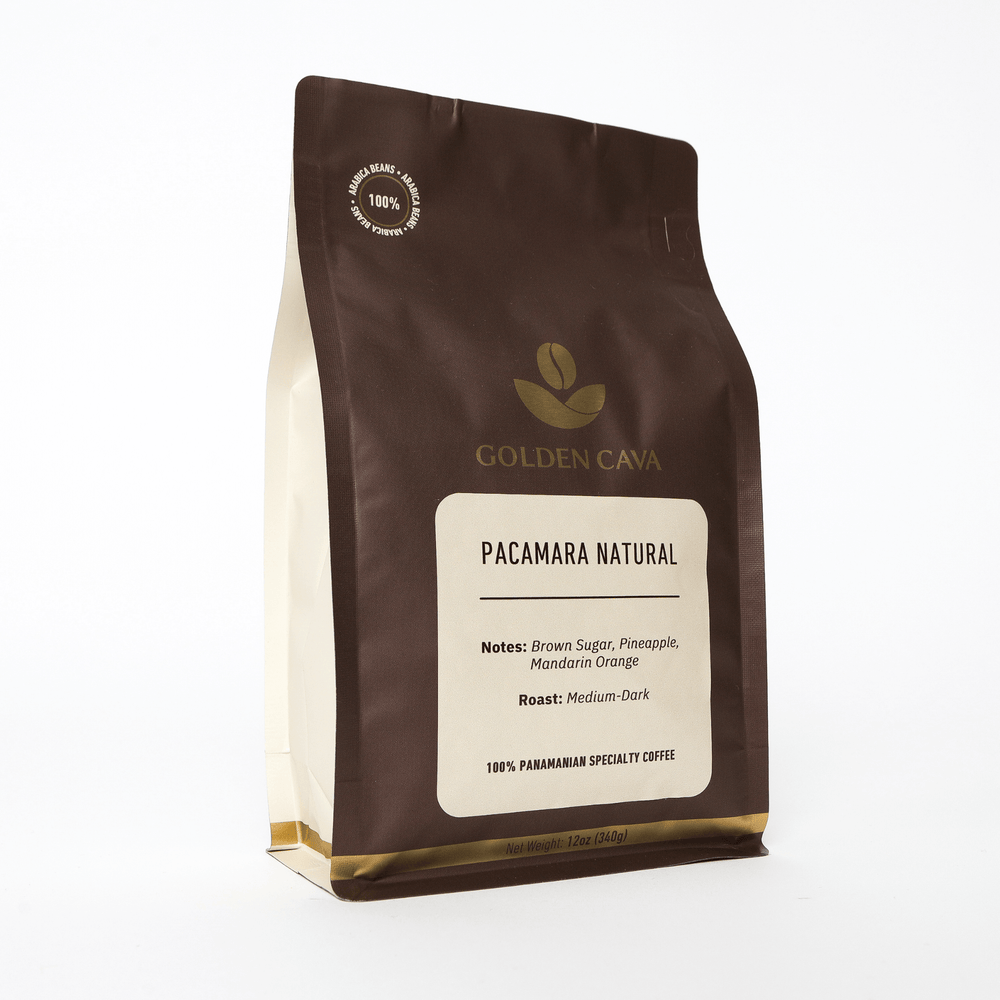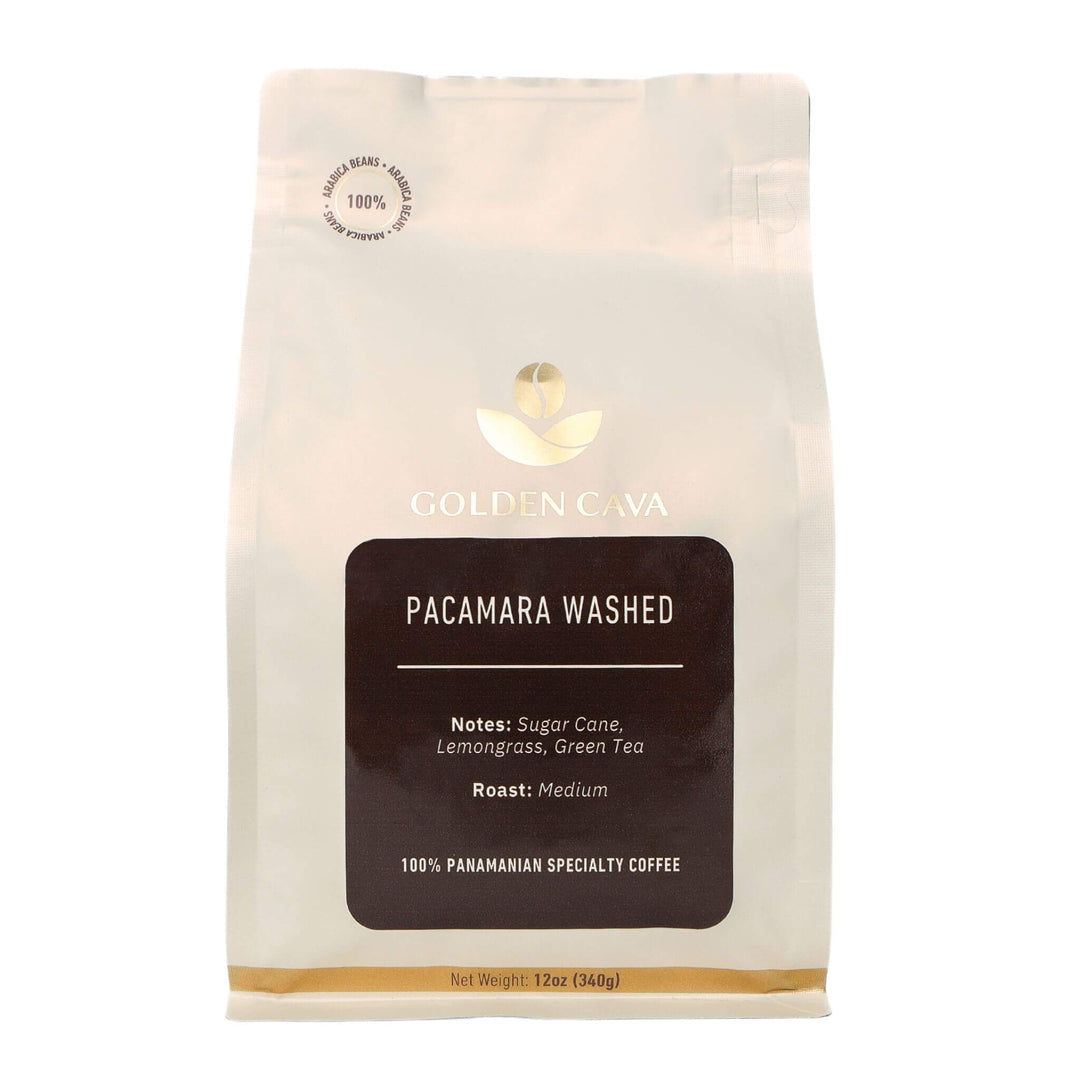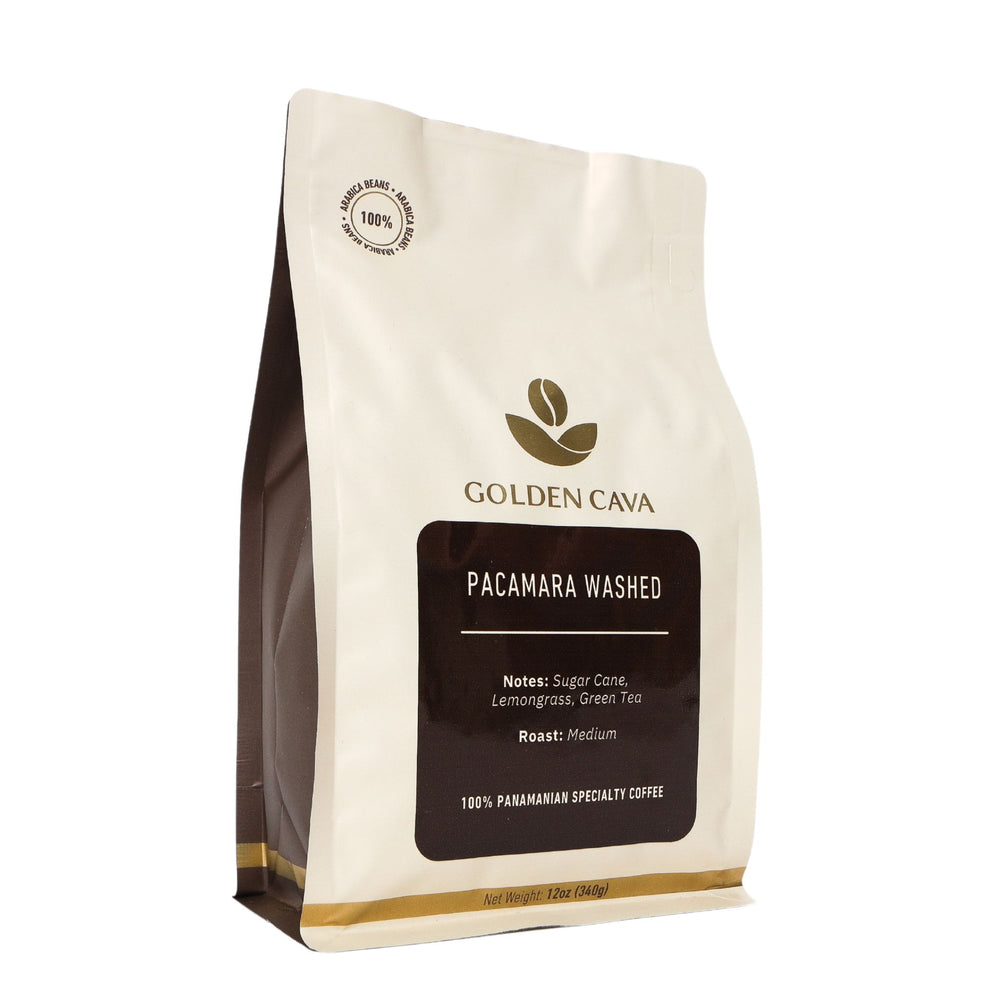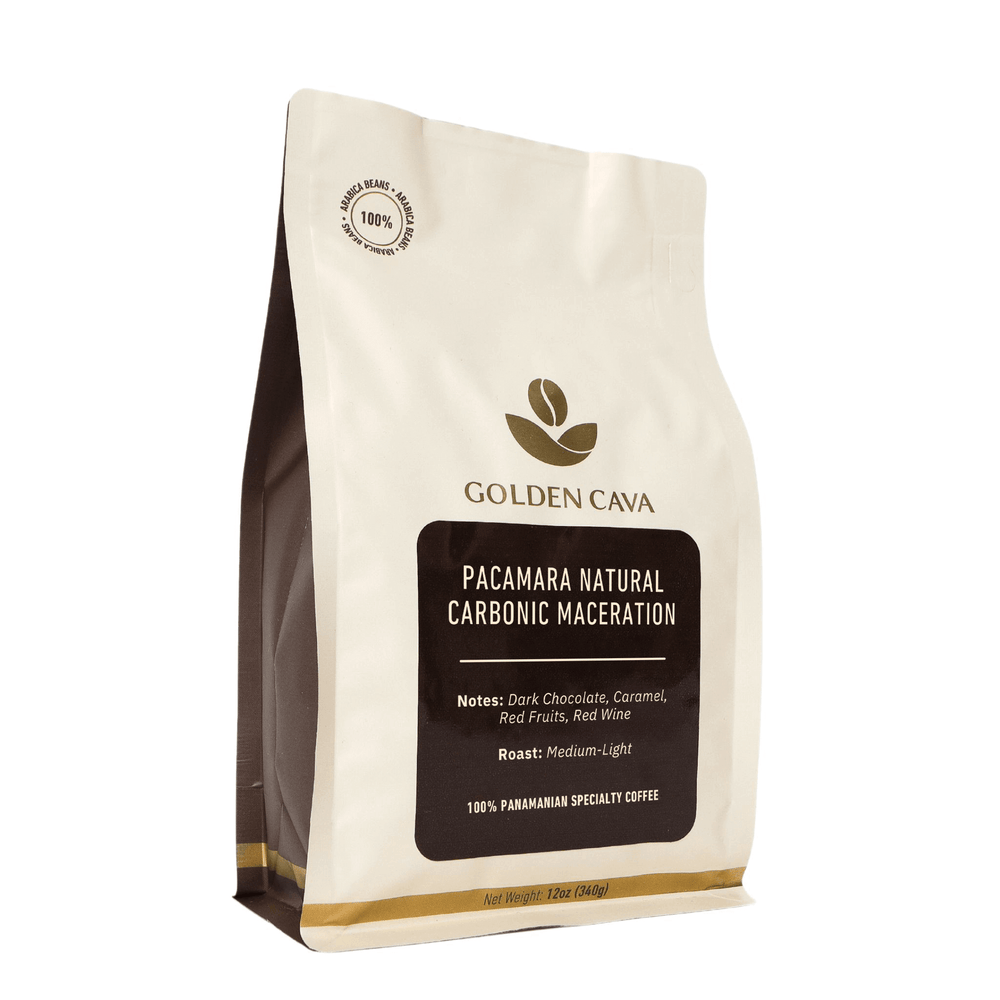Take a sip of your caffè espresso and join us as we explore the origins of the word ‘espresso’, from what country does the word espresso come from, and how modern espresso machines revolutionized café quality brewing at home. Through this post you'll definitely gain a deeper appreciation for your favorite coffee drink.
So sit back with your cup of caffè espresso as we embark on a journey through time and across borders – all in pursuit of answering that burning question: what country does the word espresso come from?
Table Of Contents:
- Discover the Origin of Espresso
- The Word 'Espresso'
- The History of Espresso
- What is Espresso?
- How to Make Espresso
- Enjoying Espresso Around the World
- Frequently Asked Questions
- Espresso Today: Appreciating the Rich Heritage, Global Popularity and Evolution
Discover the Origin of Espresso
Espresso, a beloved coffee drink savored by many globally, has an intriguing past that can be traced to Italy. This rich and bold coffee drink is known for its intense flavor and velvety texture. But where did this word 'espresso' come from? And what country does the word espresso come from and originate. In this section, we'll dive into the origins of espresso and how it became such a beloved part of Italian culture.

Source: Ross Helen
The Word 'Espresso'
As many may already know, espresso hails from Italy, specifically Milan. The word "espresso" itself is derived from the Italian word "esprimere," which means to express or press out. The literal translation of the italian word means "pressed-out coffee," quite fitting for a drink made by forcing hot water through finely-ground coffee grounds under high pressure.
A Taste of Italian Culture
Espresso coffee is more than just a drink - it's an integral part of Italian culture. From bustling city centers to quaint villages, you'll find locals brewing coffee, enjoying their daily "caffe" at bars and cafes throughout the day. In fact, many Italians consider drinking espresso standing up at a bar counter as an essential ritual for socializing and catching up with friends or colleagues.
Don't miss the opportunity to partake in this traditional Italian custom when visiting Italy!

Source: Ross Helen
The History of Espresso
The annals of espresso are as intricate and multifaceted as the beverage itself. It all began in Italy, where coffee has been a staple since the 16th century. However, it wasn't until the late 19th and early 20th centuries that espresso was born.
A Pioneering Invention: Angelo Moriondo's Machine
It was first introduced in 1884 when Angelo Moriondo patented his steam-powered machine designed to quickly brew large quantities of coffee for customers at his cafe by forcing hot water through finely ground beans at high pressure. This innovative device laid the groundwork for modern espresso machines.
Evolution of Espresso Machines: From Bezzera to Pavoni
However, it wasn't until 1901 that Luigi Bezzera improved upon Moriondo's design by adding multiple group heads to increase efficiency. This version could produce multiple cups simultaneously - this marked the beginning of true espresso culture in Italy. In collaboration with Desiderio Pavoni, who acquired Bezzera's patent rights in 1905, they introduced their improved espresso machine called "La Pavoni", which became popular across Europe and eventually worldwide.
The Birth of Modern Espresso Culture: Achille Gaggia's Crema Revolution
In 1938, Achille Gaggia revolutionized espresso brewing even further with his invention of a piston-driven machine that used manual force instead of steam power. This new method allowed baristas to create an even richer shot with more intense flavor - known as crema. Crema is now considered an essential component of any well-made espresso.
- Moriondo's Machine (1884): Steam-powered; quick brewing time; single group head.
- Bezzera's Machine (1901): Multiple group heads; improved efficiency.
- Gaggia's Machine (1938): Piston-driven; manual force; rich crema.
In 1947, Achille Gaggia registered his second patent for a lever-piston brewing mechanism. The combination of his patents revolutionized espresso with his piston-driven machine which created a creamy layer of crema on top, thus ushering in the birth of modern espresso culture. Gaggia's piston-driven machine became the standard for commercial use, paving the way for further innovations in design and technology.
With the advancements in espresso machines, this beloved beverage began to spread across Italy and eventually around the world and today there is no doubt what country does the word espresso come from. Today, espresso-based drinks such as cappuccinos, lattes and macchiatos can be found everywhere from Italy to the farthest reaches of the world, showcasing its global influence across various cultures.
Spread Across Europe and Beyond
- Caffe culture: With its strong ties to Italian culture, caffe espresso quickly became popular throughout Italy as people embraced this new way of producing coffee. As Italians migrated to other countries during World War II, they brought their love for espresso with them - spreading its popularity across Europe and beyond.
- Influence on Coffee Shops: Espresso's unique taste profile and quick preparation time made it a perfect fit for busy urban environments like cafes and restaurants. Its rise also led to innovations such as cafe quality espresso machines designed specifically for commercial use.
- Variations around the world: As more people were introduced to drinking espresso outside of Italy, different regions put their own spin on this classic beverage - leading to various espresso variations like the Americano, cortado, and macchiato. However, the core coffee extraction process remained intact.
Espresso Goes Global: The Rise of Specialty Coffee Shops
In the 80s and 90s, specialty coffee shops began appearing globally, sparking an increased appreciation for espresso and its associated sophistication and indulgence. These establishments focused on high-quality beans, expert brewing techniques, various coffee extraction processes, and artisanal presentation - all factors that contributed to an increased interest in espresso. As a result of this global movement towards quality coffee experiences, espresso has become synonymous with sophistication and indulgence.
Today you can find authentic Italian-style espressos alongside unique regional variations from countries like Australia (the famous Flat White) or Spain (Cortado).
The history of espresso coffee is a fascinating journey through time marked by innovation and passion. From its humble beginnings in Italy to its worldwide popularity today, it continues to evolve as enthusiasts seek new ways to enjoy this beloved beverage.
What is Espresso?
Espresso, a beloved coffee drink with a rich history and distinct flavor profile, has captured the hearts of many coffee enthusiasts worldwide. But what exactly sets espresso apart from other types of coffee beverages? Let's dive into its unique characteristics and understand why it holds such an esteemed position in the world of coffee.
The Basics: Definition and Characteristics
Espresso is a concentrated form of coffee brewed by forcing hot water through finely-ground beans under high pressure. This process results in a small yet potent shot (usually 1 ounce) that boasts intense flavors, full-bodied texture, and a layer of velvety crema on top.
Brewing Method: The Key to Espresso's Uniqueness
The brewing method plays an essential role in creating the perfect cup of espresso. Unlike drip or pour-over methods where gravity does most of the work, espresso relies on pressure to extract maximum flavor from the beans within seconds. A specialized espresso machine, either manual or automatic, is necessary for this process.
- Manual machines: Also known as lever machines, these require physical effort to create enough pressure for extraction.
- Semi-automatic machines: These offer more control over various aspects like grind size and tamp while automating some steps like water temperature regulation.
- Fully-automatic machines: With just one touch operation, these machines take care of everything from grinding to tamping and extraction - ideal for busy cafes or those who want convenience without compromising quality.
Espresso vs. Other Coffee Drinks
While espresso is the base for many popular coffee drinks like cappuccino, latte, and Americano, it's essential to understand how it differs from other beverages:
- Flavor profile: Espresso has a more concentrated flavor than drip or pour-over coffee due to its brewing method.
- Serving size: Typically served in small demitasse cups (1 ounce), espresso shots are smaller than regular brewed coffee servings.
- Caffeine content: Despite its small size, an espresso shot contains roughly the same amount of caffeine as a standard cup of brewed coffee - around 63 mg per serving (source). However, since it's consumed in lesser volume, the perception of increased potency exists.
Espresso stands out from other coffee varieties due to its distinctive preparation process, yielding a full-bodied flavor with an intense texture. It serves as both an indulgent standalone drink and a versatile foundation for various creative concoctions enjoyed by millions worldwide.
How to Make Espresso
If you're a coffee lover, learning how to make espresso at home can be an exciting and rewarding experience. With coffee made from the finest beans, the right equipment and know-how, you can soon be savoring a perfect cup of espresso. In this section, we'll guide you through the process of making espresso and provide some helpful tips along the way.
A. Choosing Your Equipment
To get started with making espresso at home, you'll need a few essential pieces of equipment:
- Espresso Machine: Invest in a high-quality espresso machine that suits your needs and budget. There are various types available on the market - from manual lever machines to semi-automatic or fully automatic models.
- Coffee Grinder: A good quality burr grinder is crucial for achieving consistent grind size - which directly affects extraction time and flavor profile. Check out our recommendations for the best coffee grinders.
- Fresh Coffee Beans: Coffee made from fresh beans is super important. Choose freshly roasted beans from reputable roasters like Golden Cava. Freshness plays an important role in preserving flavors and aromas within your coffee.
- Tamper & Distributor Tool (optional): A tamper helps compress ground coffee evenly into the portafilter basket while distributor tool ensures even distribution before tamping - both leading to better extraction results.
B. The Espresso-Making Process
Now that you have your equipment ready, it's time to dive into the actual process of making espresso:
- Dose and Grind Coffee Beans: Measure out the desired amount of coffee beans (usually around 18-20 grams for a double shot) and grind them using your burr grinder. Aim for a fine consistency similar to granulated sugar.
- Distribute & Tamp Grounds: Transfer the ground coffee into your portafilter basket, evenly distribute it with a distributor tool if available, and then tamp firmly using even pressure from your tamper.
- Preheat Your Machine & Cup: Turn on your espresso machine and let it warm up for at least 15 minutes before pulling shots. Preheating ensures optimal temperature stability during extraction - which is crucial for great-tasting espresso. Don't forget to pre-warm your cup as well.
- Pull Your Shot: Attach the portafilter onto the group head of your machine, place a pre-warmed cup underneath, start brewing by activating pump or lever mechanism depending on type of machine used. A typical shot should take about 25-30 seconds from start to finish.
Congratulations. You've just made yourself an authentic Italian-style espresso right in the comfort of home. With practice and experimentation - adjusting variables like grind size or brew ratio - you'll soon master this art form while enjoying delicious cups along journey.
Brewing a delicious espresso necessitates precision and proficiency, however with the right equipment and information you can craft an amazing cup of coffee.
Enjoying Espresso Around the World
Espresso has traveled far and wide from its Italian origins, evolving into unique styles and flavors as it spreads across the globe.So, let's embark on a delightful journey and explore what country does the word espresso come from as we discover some of the most popular espresso variations found in various corners of the world.
Australia: Flat White
In Australia, coffee lovers enjoy their espresso with a twist - meet the flat white. This velvety concoction of a double shot espresso and steamed milk provides an ideal balance between the strength of coffee and its smoothness.
Cuba: Cafe Cubano
Cafe Cubano, also known as Cuban coffee or cafecito, is an intense variation on traditional espresso found in Cuba. It is made by adding sugar to freshly brewed espresso, resulting in a sweet yet strong beverage that packs quite a punch.
Turkey: Turk Kahvesi (Turkish Coffee)
Although not technically an espresso, Turkish coffee deserves mention for its rich history and unique preparation method. Turk kahvesi is made by boiling finely ground coffee beans with water and sugar in a special pot called cezve or ibrik over low heat until frothy foam forms on top.
Vietnam: CÀ PHÊ SỮA ĐÁ(Iced Coffee with Milk)
Vietnamese iced coffee, or Cafe Sua Da, is a refreshing take on espresso that combines strong, dark-roasted Vietnamese coffee with sweetened condensed milk and ice. The result is a creamy, bold beverage perfect for hot days.
Spain: Cafe Bombon
In Spain, you can find the indulgent cafe bombon, which consists of equal parts espresso and sweetened condensed milk layered in a glass to create an eye-catching visual effect before being stirred together for consumption.
As you can see, there's no shortage of ways to enjoy your favorite caffeinated beverage. Whether it's through unique brewing methods or creative combinations of ingredients, each country puts its own spin on this classic Italian drink. So next time you're traveling abroad or simply exploring new flavors at home don't hesitate to give something new a try.
Frequently Asked Questions
What country did the word espresso come from?
The word "espresso" originated in Italy. It is derived from the Italian verb "esprimere," which means to press out or express, referring to how espresso coffee is made by forcing hot water through finely ground coffee beans under high pressure.
Who invented the word espresso?
The word espresso' was first used in 1946 by Achille Gaggia, an Italian barista and inventor who patented a revolutionary steam-free coffee machine that produced a concentrated brew called caffe espresso.
What is the origin of espresso definition?
The origin of the word 'espresso' can be traced back to early 20th-century Italy when it referred to a specific method of brewing coffee using high pressure and hot water. The process extracts more flavor and aroma from the grounds, resulting in a strong, rich taste with crema on top.
What is the history and origin of espresso?
Espresso has its roots in late 19th-century Italy when inventors sought ways to speed up traditional brewing methods. In 1901, Luigi Bezzera patented his steam-powered machine that forced hot water through compressed coffee grounds. Later improvements led to modern-day machines capable of producing consistent shots with rich flavors and aromas.
Espresso Today: Appreciating the Rich Heritage, Global Popularity and Evolution
The question of what country does the word espresso come from has now been answered. From its Italian origins to the many different countries that have adopted it, espresso has become a beloved coffee drink around the world.
So the next time you savor your espresso, take a moment to appreciate the legacy and craftsmanship behind it.


